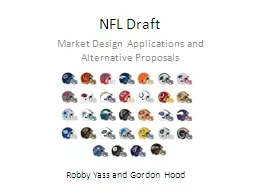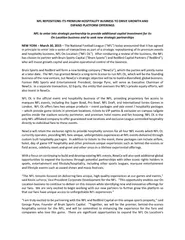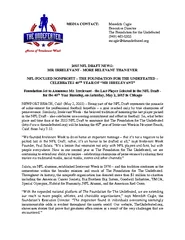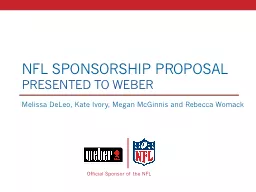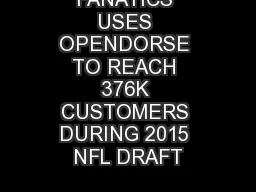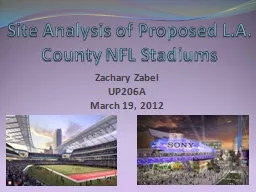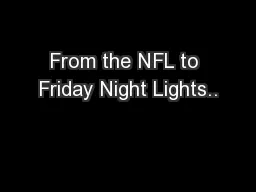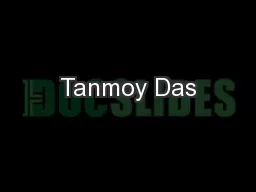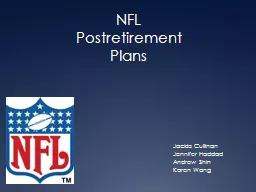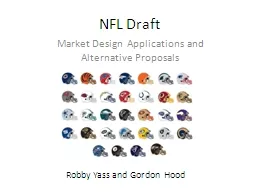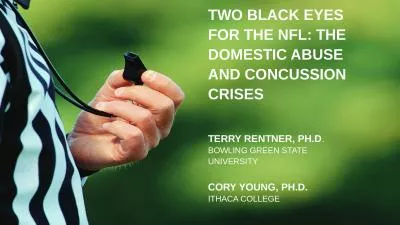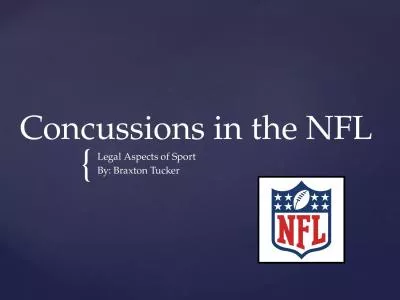PPT-NFL Draft
Author : celsa-spraggs | Published Date : 2016-03-28
Market Design Applications and Alternative Proposals Robby Yass and Gordon Hood History of NFL Draft Annual Event since 1936 All 32 NFL teams select new eligible
Presentation Embed Code
Download Presentation
Download Presentation The PPT/PDF document "NFL Draft" is the property of its rightful owner. Permission is granted to download and print the materials on this website for personal, non-commercial use only, and to display it on your personal computer provided you do not modify the materials and that you retain all copyright notices contained in the materials. By downloading content from our website, you accept the terms of this agreement.
NFL Draft: Transcript
Download Rules Of Document
"NFL Draft"The content belongs to its owner. You may download and print it for personal use, without modification, and keep all copyright notices. By downloading, you agree to these terms.
Related Documents

